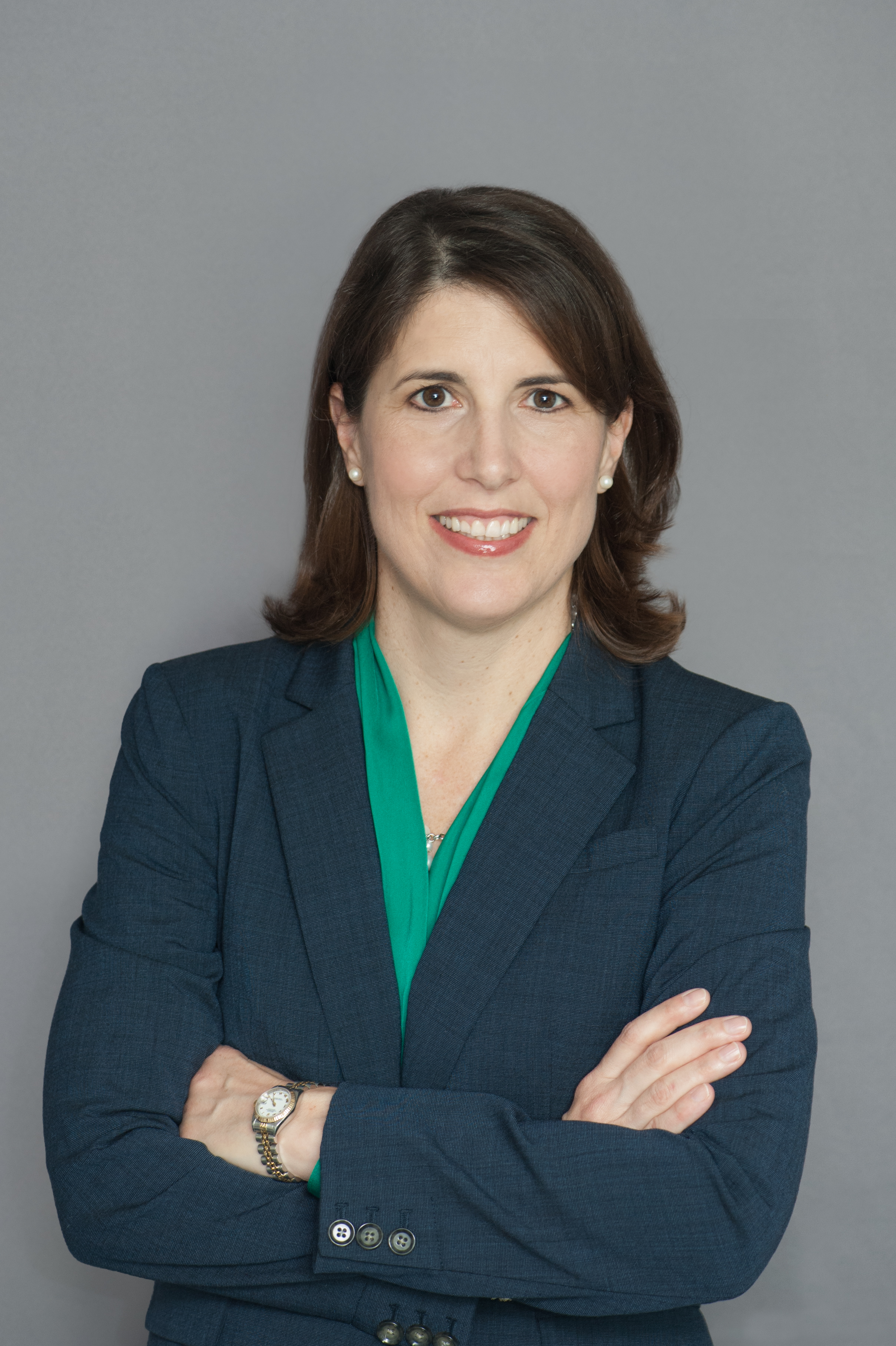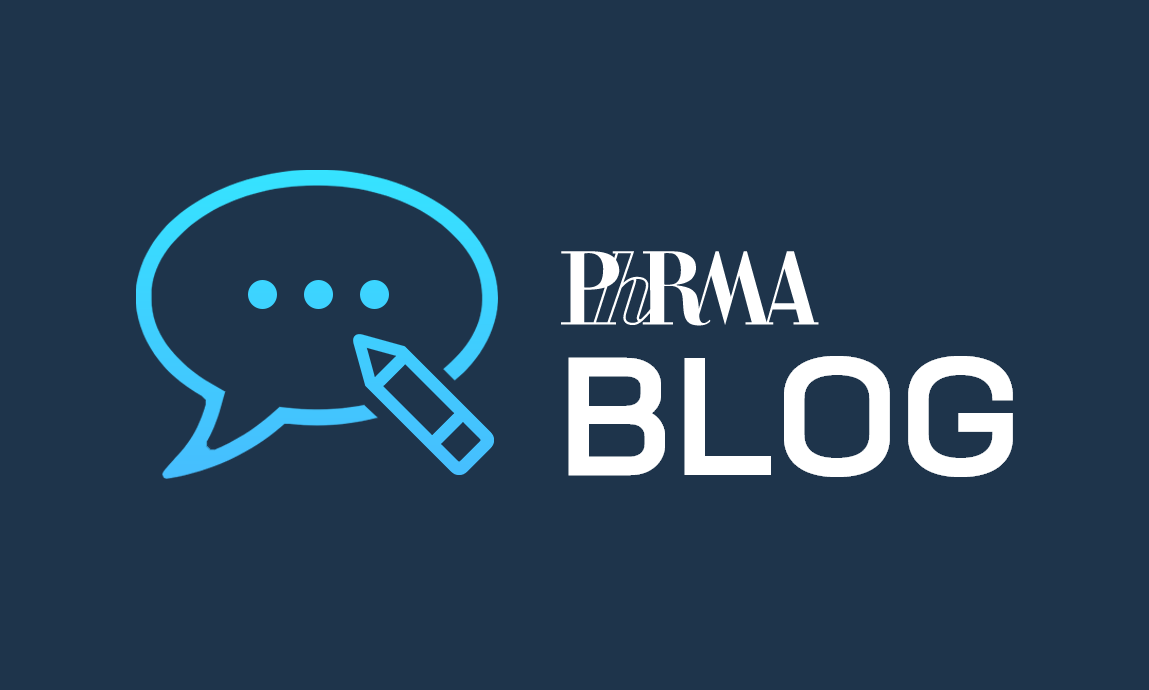 Conversations and healthy debate about issues facing our industry and the health care system are critical to addressing some of today’s challenges and opportunities. The Catalyst welcomes guest contributors, including patients, stakeholders, innovators and others, to share their perspectives and point of view.
Conversations and healthy debate about issues facing our industry and the health care system are critical to addressing some of today’s challenges and opportunities. The Catalyst welcomes guest contributors, including patients, stakeholders, innovators and others, to share their perspectives and point of view.
Today, we are pleased to welcome a guest post from Lauren Lobrano who serves as director of PAVE, the Paralyzed Veterans of America.
October marks the 75th observance of National Disability Employment Awareness Month (NDEAM). NDEAM is a time when we celebrate America’s workers with disabilities and remind employers of the importance of inclusive practices.
Individuals with disabilities are assets to employers: they have a proven ability to adapt; are experienced problem solvers and bring unique perspectives to the job; have a high work quality; and have a higher retention rate. And yet employers are hesitant to employ individuals with disabilities, due to a lack of awareness of disability and compensation issues, worries about costs of accommodations, and fear of legal liability. The Job Accommodation Network and the ADA National Network have a wealth of information on the rights of individuals with disabilities in the workplace.
Studies have found that there are significant benefits for individuals who are engaged in the labor force, including improved quality of life, enhanced self-confidence, expanded social network, a sense of community and increased income for those who are employed. Employment improves household income and reduces economic hardship allowing for improved access to social determinants of health such as access to healthy food, good health care and utility services, which in turn, lead to improved physical and psychological wellness. Engagement in the workforce can have positive effects in recovering from illness and mental health wellness. Employment also increases self-esteem, reduces alienation and isolation and decreases substance use.
Employment is also a pathway to health care for many veterans. A common misconception is that all veterans receive health care from the Department of Veterans Affairs (VA). This is not so. Only around one third of veterans receive all of their health care from the VA. Many veterans with disabilities acquired injuries or illnesses following their military service that do not qualify them for VA health care and thus rely on or supplement their VA health care with health care provided by their employers. So the need to ensure veterans are employed is not only an economical concern, but also a health and safety concern.
Prior to the pandemic, when the economy was strong, there was a high demand for workers, including veterans, in nearly all sectors. Across the country, companies sought out veterans with the hopes of finding highly qualified and motivated candidates. Veteran unemployment numbers were at the lowest rate in almost two decades. Unfortunately, employment rates for veterans with significant disabilities have consistently lagged behind those of their counterparts without disabilities. The unemployment rate for veterans without disability was about equal to those with a service connected disability rated at or less than 30 percent, which was around 3% in 2019. However, for veterans with a service connected disability rated 60% or higher, that rate skyrockets to about nine percent. September 2020, numbers suggest that individuals with disabilities are no longer on furlough or actively looking for work and are leaving the employment market.
As we look toward employment rates of individuals with disabilities through this continued pandemic, the employment gap continues to grow. As of September 2020, the overall U.S. unemployment rate was 7.9%. But for individuals with disabilities, that number rose to 12.5 %, despite the fact that many jobs have been moved to telework positions meaning these positions are actually more accessible than they were prior to the pandemic. This situation becomes more bleak when experts warn that 42% of jobs lost to COVID are not returning.
Paralyzed Veterans of America’s (PVA) veteran employment program, PAVE, was launched in 2007 to ensure that PVA members, veterans with catastrophic or significant disabilities, their spouses and caregivers, have access to meaningful employment, educational and volunteer opportunities. Since our launch, we have been fierce advocates for members of the veteran community, assisting nearly 5,000 with career opportunities where they can thrive.
One of the biggest differences between PAVE and other veteran employment programs is our team of Vocational Rehabilitation Counselors and Employment Analysts. Vocational Rehabilitation Counselors are specifically trained in the vocational, medical and psychological aspects of disability. This means we have specialized experience in helping individuals evaluate transferable skills, request accommodations, find positions that build on their experience and interests, as well as making sure that they are going to be successful in their positions. In sum, we help individuals with disabilities live full, independent lives.
One of our members, Kate, is fully engaged in a new career as a Recreational Therapist with the U.S. Army, helping other veterans such as herself recover and move on from injury. Kate encourages veterans with disabilities to get engaged with PAVE and pursue new goals - life does not end with injury.
Interestingly, these skills allow us to better serve all veterans, spouses and caregivers by giving them a personalized and tailored experience. Within PAVE, we provide one-on-one support focused on helping our clients reach their independent goals. PAVE has a "partner for life" guarantee, so if at any point our client needs additional assistance we are still here to offer a helping hand.
With the COVID-19 pandemic currently in our midst, we are in uncharted territory. The employment arena has changed, who is hiring has changed, and we are now experiencing record unemployment. PAVE, is stepping up by adjusting what we do and how we do it. We are focusing on meeting all of our clients' needs, to make sure they are receiving holistic support. We know that the focus may shift, but our ability to be there, every day, for our clients will not change.
As the 75th annual National Disability Employment Awareness Month comes to a close, it is critical that the conversation on getting veterans with disabilities into gainful and meaningful employment does not stop. Recognizing, employing and advocating for those with disabilities must continue so steps can be taken to move forward.
To keep the conversation going, reach out to the PAVE team or join a PAVE Connect session, review your diversity and inclusion practices and do not be afraid to take the next steps.



 Conversations and healthy debate about issues facing our industry and the health care system are critical to addressing some of today’s challenges and opportunities. The Catalyst welcomes guest contributors, including patients, stakeholders, innovators and others, to share their perspectives and point of view.
Conversations and healthy debate about issues facing our industry and the health care system are critical to addressing some of today’s challenges and opportunities. The Catalyst welcomes guest contributors, including patients, stakeholders, innovators and others, to share their perspectives and point of view. 